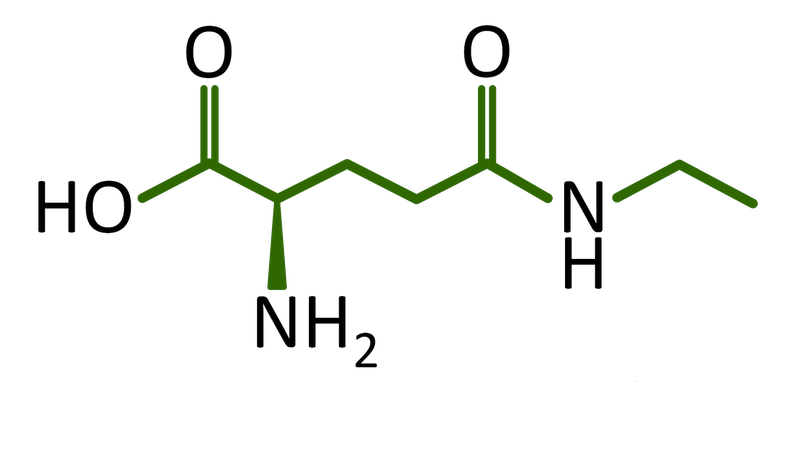Contribution
- Home
- Contribution


A most commonly used part in synthetic biology is the RBS. In 2024, our team SHSBNU-China built a composite part including 5 functional enzymes, BsAld, CsAlaDC, GMAS, PPK, and GNP1 to facilitate the de novo synthesis of L-theanine in E. coli, using simple glucose as the input substrate. In order to have homogeneous expression of all the functional enzymes, all the coding gene were arranged in a series, all in between a T7 promoter and the terminator. Each coding sequence was led by its own RBS, part number BBa_B0034. The results provided evidence that in a composite vector including multiple parts, using the B0034 RBS before each part can work as expected to produce functional enzymes.


Many iGEM teams have focused on solving the health problems regarding anxiety and depression. Many proposed substances and cures are implemented as oral intake products, such as tablet pills, or baked cookies.
Some of the proposed substances will then enter the blood, and have to cross the blood-brain-barrier to become effective. This process lowers the working concentration.
This BBB challenge also applies to Alzheimer's Disease cures and drugs.
An alternative method is to absorb through nasal passages.
We have designed, 3D-printed, and testrun a small hand-held humidifier, driven by common batteries. We hope future iGEM teams might find this hardware inspiring when they consider implementations. All the design files are shown on our Hardware page.